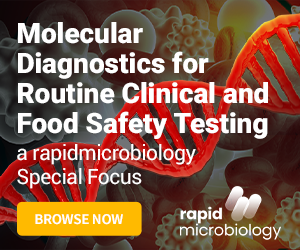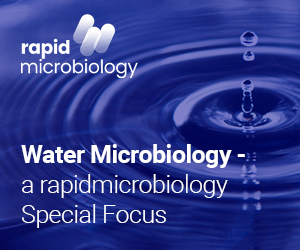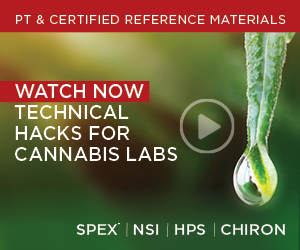Compact, Lab Chip-based, Fully Automated and Fast Toxin ID System for Homeland Security
| Bruker has announced the North American launch of its compact, fully automated and fast toxin identification system, called pTD™ (portable Toxin Detector), at the American Society for Microbiology (ASM) Bio-Defense and Emerging Diseases Research Meeting in Washington, DC. The novel, benchtop, push-button pTD system is intended for smaller, field and mobile laboratories for use by non-expert operators in homeland security applications. While detection capabilities for bacterial or viral agents exist, using either PCR-based or proteomic fingerprinting identification (e.g. Bruker MALDI Biotyper), the current technologies for the detection and identification of toxins in the field are insensitive and slow, or involve complicated sample preparation in specialized laboratories. The unique, new Bruker pTD system greatly simplifies and accelerates the process of detecting a potential biological terror attack using toxins. The pTD system uses a novel, lab chip-based, fully automated ELISA process that allows the simultaneous identification of five toxins with an order of magnitude better sensitivity than traditional techniques. The fully automated pTD includes controls to minimize false positive or negative alarms - with toxin identification and quality control all in less than 30 minutes. The pTD system accepts liquid and solid samples and does not require any external sample preparation steps. Every sample is automatically checked for five toxins simultaneously using multiplexed, proprietary lab chips. Toxin identification is based on ELISA assays using highly specific antibodies, combined with an electrochemical readout. All sample preparation steps are performed automatically inside the lab chip, and the results are displayed on the control computer. Before shutdown, the system automatically decontaminates itself internally. The pTD system, which has been co-developed with Analytik Jena AG, presently identifies the five toxins Botulinum Toxin A, B and E, as well as Ricin and Staphylococcus enterotoxin B on one chip. Additional toxin ID chips are under development. Frank Thibodeau, Vice President of Bruker Detection Corporation, stated: 'Unfortunately, compared to the complexity of producing and using bacteria or viruses for terror attacks, toxins are potentially easier to produce and can be a serious threat. With the increasing threat by toxins, the easy to use, fully automated, fast, very sensitive and fieldable pTD system is vital for homeland security and defense applications.' |
NOTE: This item is from our 'historic' database and may contain information which is not up to date.
Source : Bruker Daltonics Inc View Company Information
Posted on February 8, 2011







